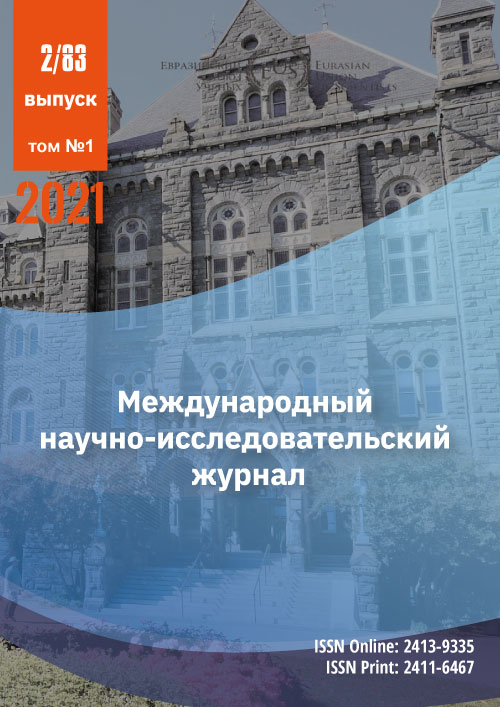BASIC PRINCIPLES OF ABA THERAPY IN WORKING WITH YOUNG SCHOOL CHILDREN WITH AUTISM SPECTRUM DISORDER
Abstract
This article discusses the basic principles of applied behavior analysis (ABA), their characteristics and forms. The types of behavior enhancers are also considered. Examples of the use of ABA therapy in working with children of primary school age with autism spectrum disorder are given.
References
Cooper, J.O., Heron, T.E., Heward, W.L. Applied Behavior Analysis. 2nd edition. 2007. 759 p.
DeLeon, I. G., Iwata, B. A. Evaluation of a multiple-stimulus presentation format for assessing reinforcer preferences // Journal of Applied Behavior Analysis. № 29. 1996. P. 519-533.
Michael, J. Concepts and Principles of Behavior Analysis. Association of Behavior Analysis, revised edition. 2004. 571 p.
Partington, J.W. The Assessment of Basic Language and Learning Skills Revised (ABLLS®-R). Behavior Analysts, Inc.: 3.2 edition. 2010. 638 p.
CC BY-ND
A work licensed in this way allows the following:
1. The freedom to use and perform the work: The licensee must be allowed to make any use, private or public, of the work.
2. The freedom to study the work and apply the information: The licensee must be allowed to examine the work and to use the knowledge gained from the work in any way. The license may not, for example, restrict "reverse engineering."
2. The freedom to redistribute copies: Copies may be sold, swapped or given away for free, in the same form as the original.







